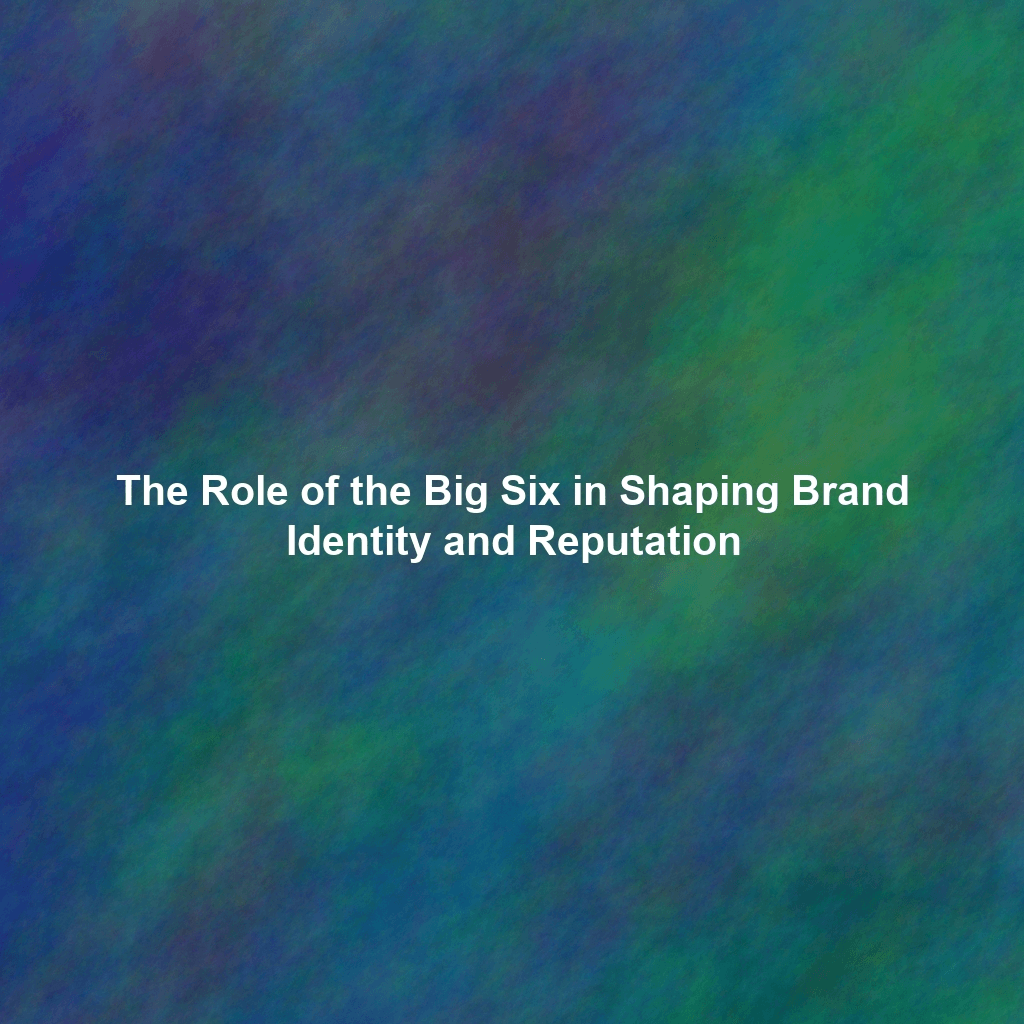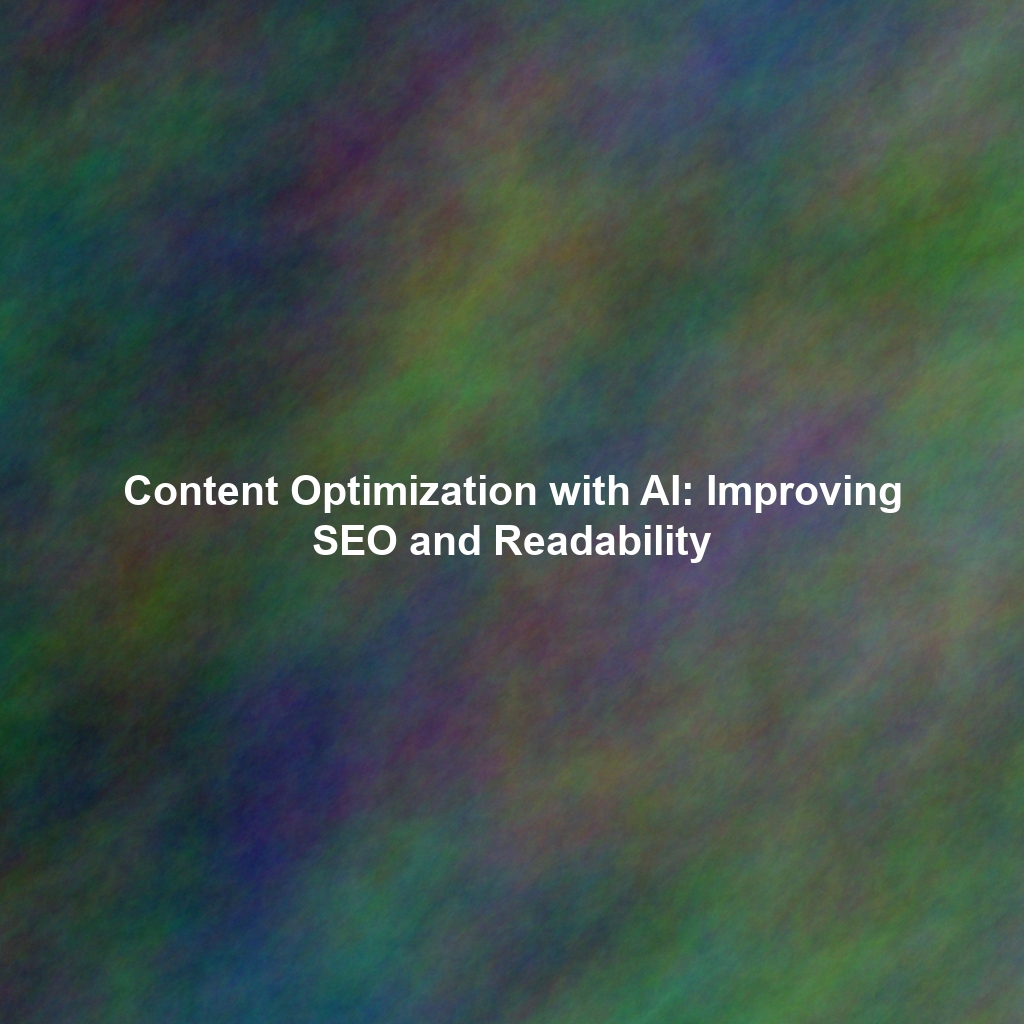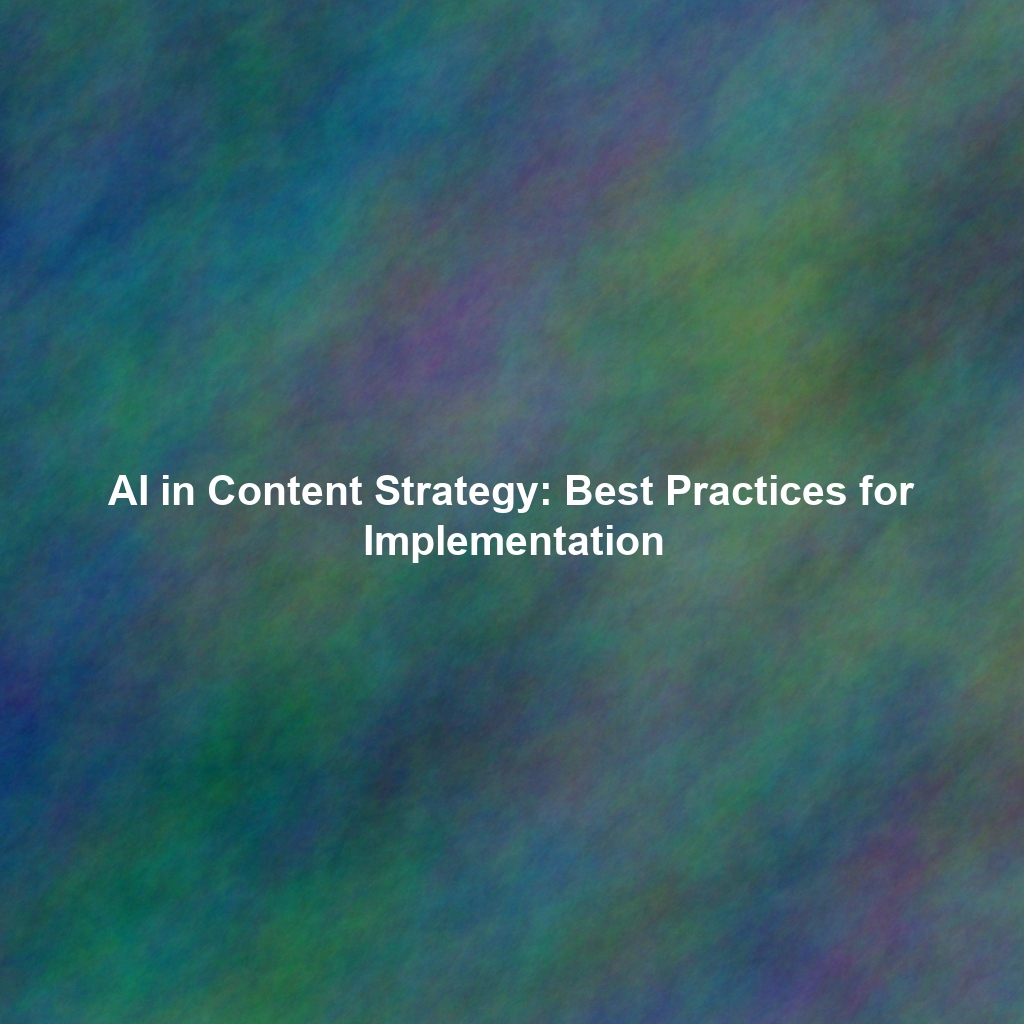The Architects of Brand Identity: Building a Resilient Foundation for Success
Brand identity is far more than just a logo and a color palette. It’s the sum total of how a brand strategically presents itself to the world, encompassing its core values, distinct personality, unique selling proposition (USP), and its promise to the consumer. The Big Six agencies work intimately with their clients to define, articulate, and embed this identity, often commencing with exhaustive, data-intensive research and analytical phases.
Understanding the Brand’s DNA: Rigorous Research and Analytical Deep Dives
Before any creative brief is even contemplated, the Big Six employ extensive, multi-faceted research methodologies to uncover the foundational truths of a brand and its market. This includes:
- Comprehensive Market Research: Identifying precise target audiences, segmenting them by demographics, psychographics, and behavioral patterns. This involves understanding their unmet needs, aspirations, pain points, and preferred communication channels. A rigorous analysis of competitor strategies, market trends, and emerging opportunities is also paramount.
- In-depth Brand Audits: A forensic evaluation of the current brand perception, both internally (employee sentiment, corporate culture) and externally (customer perception, media coverage, social media sentiment). This process identifies existing brand strengths, weaknesses, inconsistencies, and critical areas for strategic improvement.
- Granular Customer Insights: Gathering qualitative and quantitative feedback through sophisticated surveys, targeted focus groups, in-depth interviews, and advanced social media listening tools. This allows for a nuanced understanding of customer sentiment, unmet desires, and identifies opportunities for deeper engagement and differentiation.
- Cultural & Semiotic Analysis: Especially for global brands, understanding the cultural contexts, symbols, and semiotics relevant to different markets to ensure brand messaging is not only understood but resonates authentically and avoids misinterpretation.
Crafting the Narrative: Defining Values, Purpose, and Compelling Messaging
Once the exhaustive research is complete, the agency collaborates intimately with the client to develop a clear, compelling, and consistent brand narrative. This involves a strategic distillation of insights into actionable brand components:
- Defining Core Values & Purpose: Identifying the fundamental principles and overarching purpose that guide the brand’s actions, decision-making, and interactions. This forms the ethical and emotional backbone of the brand.
- Developing a Unique Value Proposition (UVP): Articulating precisely what makes the brand distinct, superior, and more desirable than the competition. This isn’t just a slogan; it’s a promise of differentiated value.
- Establishing a Consistent Brand Voice & Tone: Creating a distinct tone, style, and vocabulary for all communications that resonates authentically with the target audience across every touchpoint. This ensures brand personality is consistent, whether in an advertisement, a customer service interaction, or a social media post.
- Visual Identity System: Developing a comprehensive visual identity (logo, color palettes, typography, imagery guidelines) that reflects the brand’s personality and values, ensuring immediate recognition and emotional connection.
The Big Six understand that brand identity starts internally. They often conduct workshops and training for client employees to ensure everyone from the CEO to frontline staff understands and embodies the brand’s values and narrative. Internal consistency is as crucial as external messaging.
Ensuring Brand Consistency: A Multi-Channel Orchestration for Unified Experience
A strong brand identity is only effective if it’s consistently communicated, experienced, and reinforced across all possible touchpoints, both online and offline. The Big Six agencies excel at developing sophisticated, integrated marketing strategies that ensure a unified, seamless brand experience, regardless of the channel or consumer interaction point. This requires a deep understanding of channel dynamics and audience behavior.
The Power of Integrated Marketing Communications (IMC): Connecting the Dots
The Big Six possess unparalleled expertise across a wide spectrum of marketing disciplines, allowing them to orchestrate truly integrated campaigns where each channel reinforces the others, driving a cohesive brand message:
- Advertising (Traditional & Digital): Crafting compelling, memorable campaigns across TV, print, radio, and digital channels (display, video, native, search). This includes strategic media planning and buying to ensure maximum reach and impact within target demographics.
- Public Relations (PR) & Media Relations: Proactively managing media relations, building positive relationships with journalists, influencers, and thought leaders. This involves strategic storytelling, crisis communication, and securing earned media coverage that builds credibility and amplifies brand messages.
- Digital Marketing & Performance Media: Optimizing online presence through advanced SEO (Search Engine Optimization), sophisticated social media strategy, data-driven content marketing, and highly targeted paid advertising (PPC, programmatic, social ads). This ensures digital discoverability and engagement.
- Experiential Marketing & Brand Activations: Creating immersive, memorable, and interactive experiences (events, pop-ups, sponsorships) that engage consumers directly, foster emotional connections, and build deep brand loyalty. These experiences often generate significant social media buzz.
- Content Marketing & Thought Leadership: Developing valuable, relevant, and consistent content (blogs, whitepapers, videos, podcasts) that attracts, engages, and educates target audiences, positioning the brand as an authority and trusted resource.
- Customer Relationship Management (CRM) & Loyalty Programs: Designing strategies to nurture customer relationships post-purchase, driving repeat business and fostering brand advocacy through personalized communications and loyalty incentives.
Leveraging Data, Technology, and AI: Personalizing the Experience at Scale
The Big Six agencies are at the forefront of marketing technology adoption, leveraging sophisticated data analytics, AI, and automation to personalize the customer experience and optimize marketing campaigns with unprecedented precision. This is where their analytical rigor truly shines:
- Data-Driven Insights & Predictive Analytics: Analyzing vast datasets of consumer behavior, market trends, and campaign performance to identify actionable insights, predict future consumer needs, and anticipate market shifts. This informs strategic adjustments in real-time.
- Personalized Messaging & Dynamic Content: Utilizing AI and marketing automation platforms to tailor marketing messages, offers, and content dynamically to individual customer preferences, behaviors, and lifecycle stages across all channels. This ensures maximum relevance and engagement.
- Programmatic Advertising & Advanced Targeting: Employing AI-powered programmatic platforms to automate ad buying and targeting at scale, optimizing for specific performance goals (e.g., conversions, clicks, impressions) across diverse ad exchanges and publishers. This allows for highly efficient ad spend.
- Attribution Modeling: Developing sophisticated multi-touch attribution models to accurately understand which marketing touchpoints contribute to conversions, allowing for more intelligent budget allocation and optimization across the integrated stack.
Reputation Management: Navigating the Storms & Protecting Brand Equity
In an age of instant communication and viral content, even the strongest brands can face reputation crises that threaten to erode years of brand building. The Big Six agencies have dedicated, highly specialized teams in reputation management, helping clients not only navigate these challenges but also proactively build resilience and protect their invaluable brand equity.
Proactive Reputation Management: Preparing for the Inevitable
The best defense against a crisis is a robust offense. Proactive reputation management involves anticipating potential threats and building a resilient framework:
- Comprehensive Risk Assessment: Systematically identifying potential vulnerabilities and threats to the brand’s reputation (e.g., product defects, executive misconduct, social media backlash, environmental concerns).
- Robust Crisis Communication Planning: Developing detailed, pre-approved plans for responding to various crisis scenarios. This includes identifying key spokespersons, drafting holding statements, establishing internal communication protocols, and outlining response timelines for different channels.
- Advanced Social Media & Media Monitoring: Implementing sophisticated tools for real-time tracking of online conversations, brand mentions, sentiment analysis, and news coverage across all relevant platforms. This allows for early detection of potential issues before they escalate.
- Building a Strong Digital Footprint: Proactively creating and optimizing positive, owned content (e.g., corporate social responsibility reports, thought leadership articles, positive customer testimonials) that can act as a buffer against negative search results during a crisis.
Reactive Reputation Management: Responding to a Crisis with Precision
When a crisis hits, speed, transparency, and strategic communication are paramount. The Big Six agencies provide critical support to help clients navigate these high-stakes situations:
- Developing a Cohesive Crisis Communication Strategy: Crafting a clear, consistent, empathetic, and factual message that addresses the issue directly, takes responsibility where appropriate, and outlines corrective actions. This message is then adapted for various stakeholders and channels.
- Expert Media Relations Management: Acting as the primary liaison with media, responding to inquiries promptly, controlling the narrative, and ensuring accurate information is disseminated. This often involves preparing spokespersons for interviews and managing press conferences.
- Engaging with Stakeholders & Community: Communicating transparently and empathetically with all key stakeholders—customers, employees, investors, partners, and the affected community. This involves direct outreach, social media responses, and dedicated communication channels.
- Damage Control & Recovery: Implementing strategies to mitigate negative impact, rebuild trust, and restore brand reputation post-crisis. This often involves public apologies, corrective actions, and long-term brand rebuilding campaigns.
Anecdote: The Airline’s Crisis Turnaround
A major global airline faced a severe reputation crisis after a highly publicized customer service incident went viral. Their initial internal response was slow and defensive, exacerbating the negative sentiment. They engaged a Big Six agency’s crisis team. The agency immediately implemented a transparent communication strategy, crafting a sincere public apology from the CEO, outlining immediate corrective actions, and establishing a dedicated customer support line. They also proactively engaged with key influencers and media to share the brand’s commitment to change. Within weeks, public sentiment began to shift, and the airline’s reputation slowly recovered. This demonstrated the critical value of expert, rapid, and empathetic crisis management in preserving brand equity.
The Enduring Influence of the Big Six: Adapting to Disruption
The Big Six marketing agencies continue to evolve at an accelerated pace alongside the ever-changing marketing landscape. They are not static entities; they are dynamic organizations that consistently adopt new technologies, integrate emerging disciplines, and refine their strategies to stay ahead of the curve and maintain their competitive edge. Their enduring influence stems from several key factors:
- Deep Industry Knowledge & Global Reach: Their vast experience across diverse industries and their unparalleled global footprint allow them to execute campaigns with cultural sensitivity and market-specific insights on a worldwide scale.
- Integrated Expertise Across Disciplines: Their ability to seamlessly blend advertising, PR, digital, experiential, data analytics, and consulting services under one roof provides clients with a truly holistic and cohesive marketing solution.
- Access to Top Talent & Technology: They attract and retain world-class creative, strategic, and technical talent, and invest heavily in proprietary data platforms, AI tools, and cutting-edge technologies that smaller agencies often cannot afford.
- Strategic Partnerships & Acquisitions: They continuously expand their capabilities through strategic acquisitions of specialized agencies (e.g., digital, data, influencer marketing firms), ensuring they remain at the forefront of emerging trends.
- Proven Track Record & Client Trust: Their history of delivering impactful results for some of the world’s largest brands builds immense trust and reinforces their reputation as reliable, effective partners.
While the marketing landscape is dynamic and faces constant disruptions—from AI-driven content generation to evolving consumer privacy demands—the fundamental principles of building a strong brand identity and meticulously managing its reputation remain paramount. This enduring need solidifies the ongoing relevance and indispensable influence of these powerhouse agencies in shaping the global commercial narrative.
Conclusion: Strategic Partnership for Brand Resilience and Growth
The Big Six marketing agencies are more than just advertisers; they are sophisticated storytellers, strategic architects, and crisis managers. They understand that a brand is not merely a product or service; it’s a complex, living relationship with the consumer, built on trust, consistency, and shared values. By meticulously crafting compelling brand identities, ensuring consistent messaging across all touchpoints, proactively managing reputation, and leveraging cutting-edge technology, they play a vital, often unseen, role in shaping how brands are perceived, remembered, and ultimately, chosen in an increasingly complex and competitive world.
For any organization seeking to establish, grow, or protect its brand in the global marketplace, understanding the strategic capabilities and methodologies of these agencies is essential. Partnering with such an entity can provide the expertise, scale, and integrated approach necessary to achieve long-term success and build a truly resilient, influential brand.
 Skip to content
Skip to content

